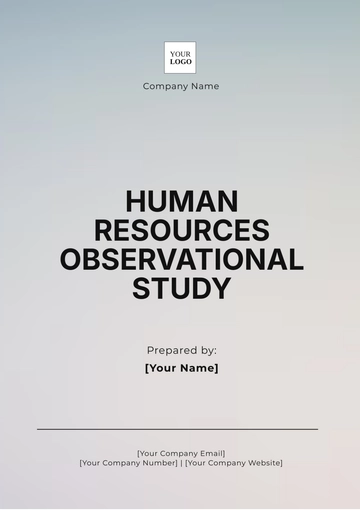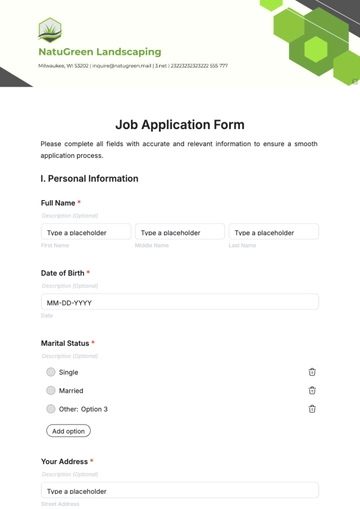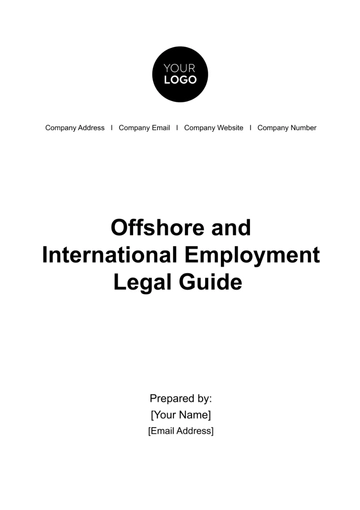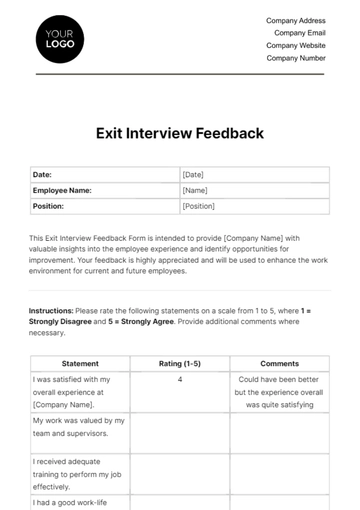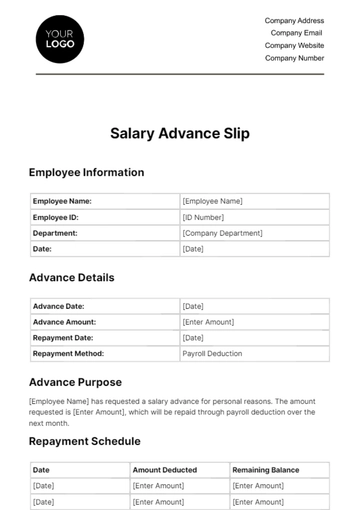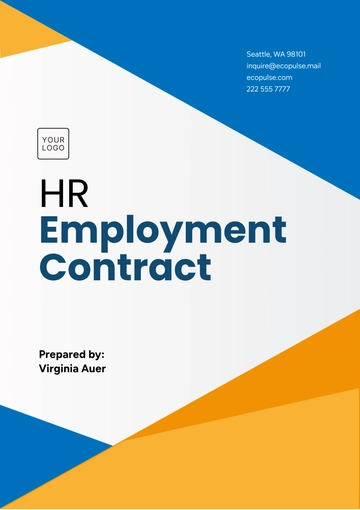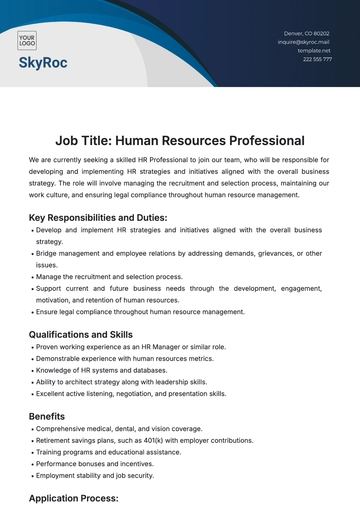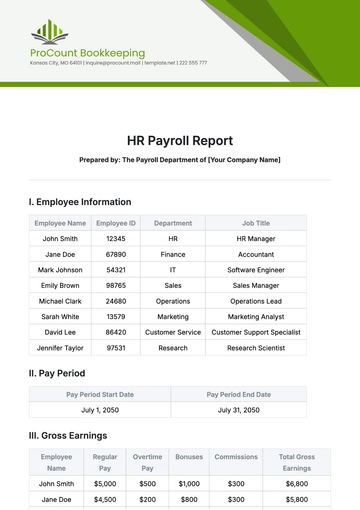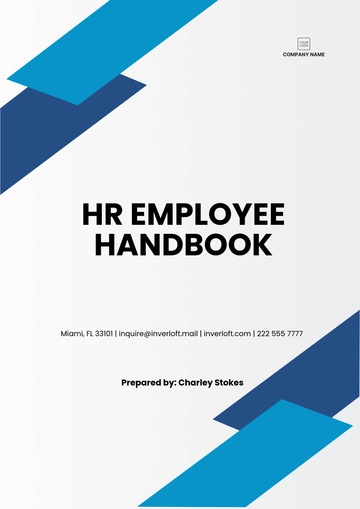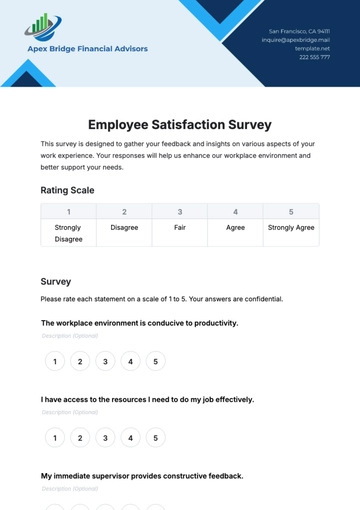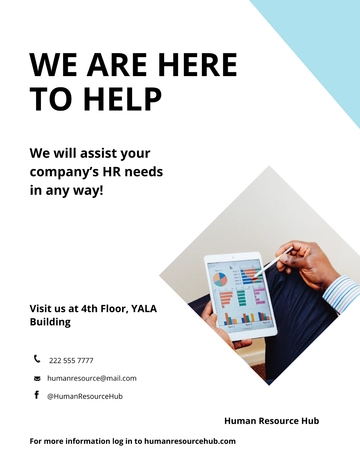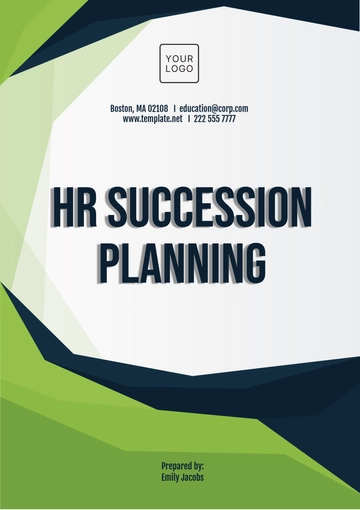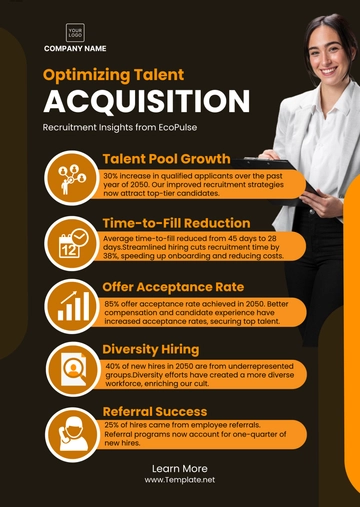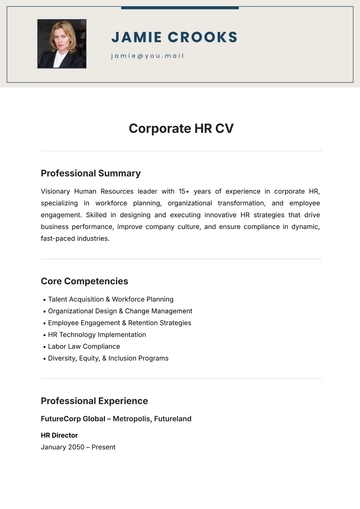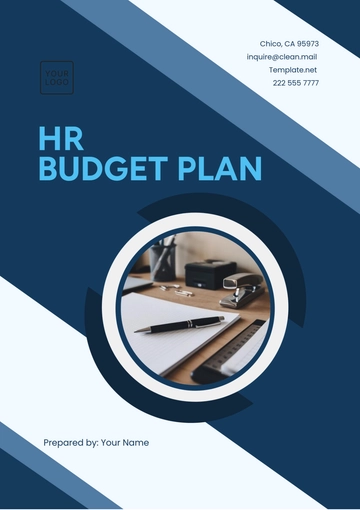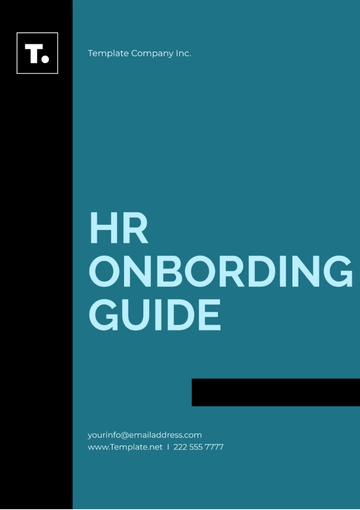HR Compliance Requirements
Prepared By: [YOUR NAME]
Date: [DATE]
I. Introduction and Purpose
The HR Compliance Requirements guide organizations to ensure adherence to employment laws and regulations. These requirements seek to foster ethical practices, protect employee rights, and ensure safe and fair workplaces. The objectives include compliance with legal standards, promoting a culture of fairness, and mitigating risks associated with non-compliance.
II. Legal and Regulatory Framework
Organizations must comply with a multitude of laws and regulations governing employment practices. These include, but are not limited to:
Equal Employment Opportunity (EEO) Laws: Ensure that hiring and other employment decisions are conducted fairly, without any bias related to race, color, religion, gender, national origin, disability, or age.
General Data Protection Regulation (GDPR): Regulates data privacy and protection for individuals in the EU, covering their rights to access, modify, and remove personal information.
Fair Labor Standards Act (FLSA): Establishes standards for minimum wage, overtime compensation, documentation, and youth labor to ensure equitable treatment and payment.
III. Policy and Procedure Guidelines
Category | Requirements |
|---|
Recruitment
| Standardized job descriptions and requirements Non-biased interview questions and evaluation criteria Documented candidate selection processes
|
Employee Management
| Regular safety training and compliance with OSHA standards Fair and unbiased performance evaluations Protection of personal employee data per GDPR
|
Termination
| Clear documentation of performance or behavioral issues Compliance with applicable notice periods and severance guidelines Exit interviews to ensure compliance and gather feedback
|
IV. Roles and Responsibilities
Role | Responsibilities |
|---|
HR Manager | |
Compliance Officer | |
Department Managers | |
Employees | |
V. Training and Communication
To ensure compliance, it's necessary to implement thorough and well-organized training programs and to establish clear, consistent, and effective communication channels.
VI. Monitoring and Reporting
Continuous monitoring and the implementation of a robust reporting mechanism play a crucial role in ensuring that compliance standards are consistently met over time.
VII. Audits and Reviews
To ensure that compliance is consistently upheld, it is essential to conduct regular audits and engage in routine reviews.
Implementation and Continuous Improvement: Act on audit findings promptly, implementing necessary changes and continuously improving processes to address any identified issues and adapt to evolving standards.
Requirements Templates @ Template.net


